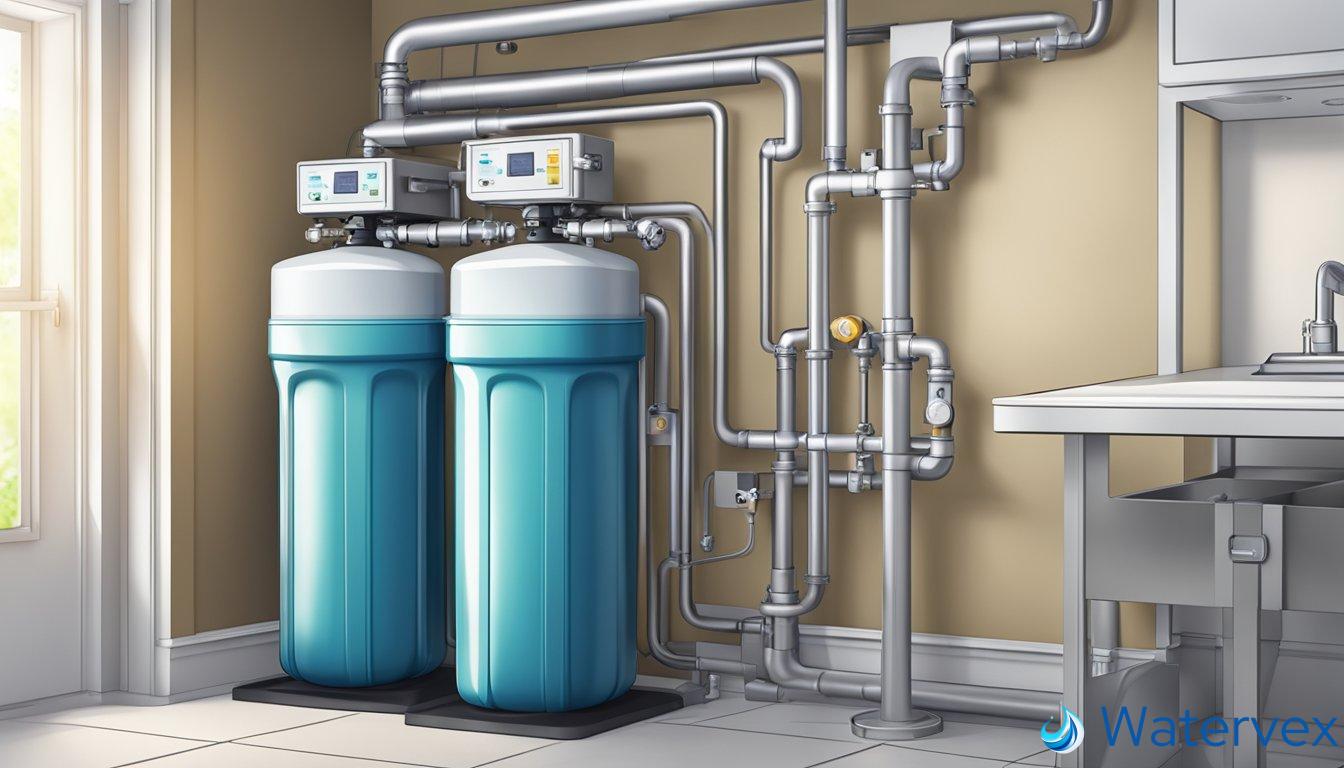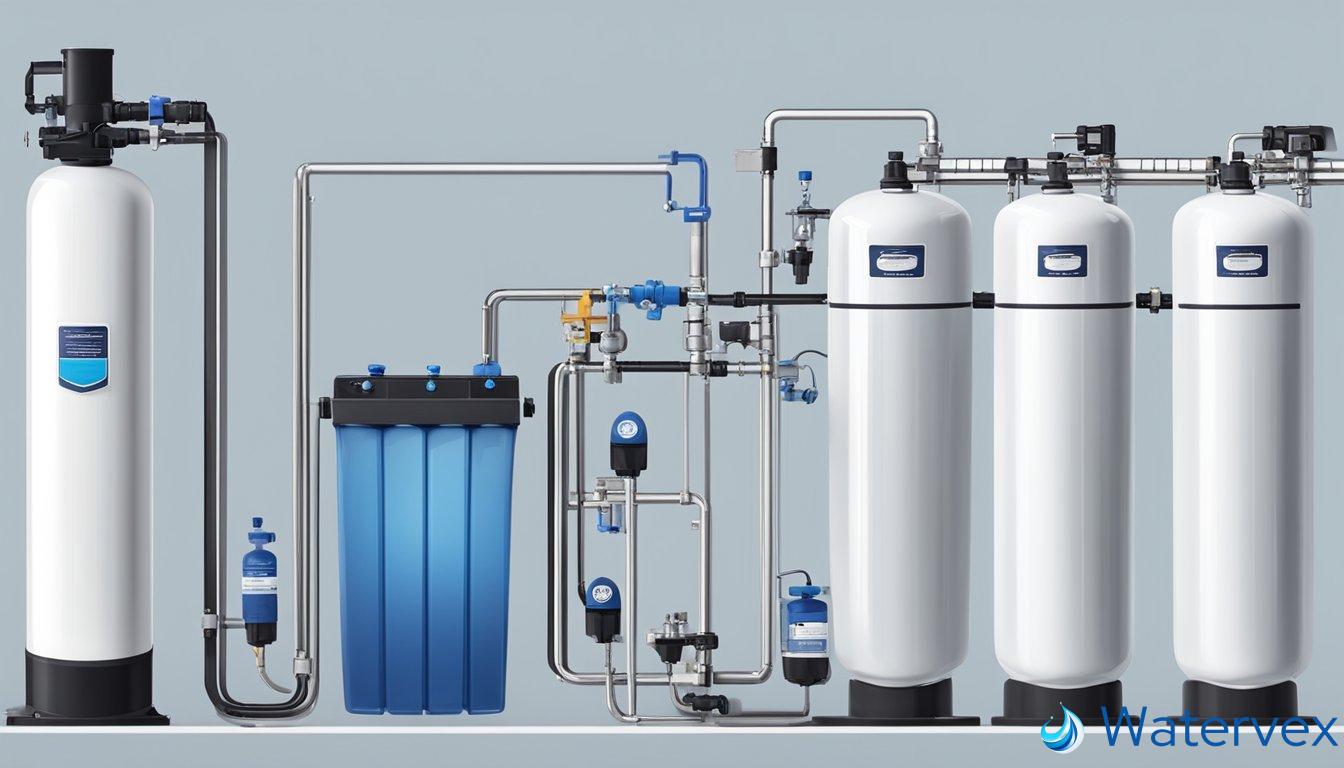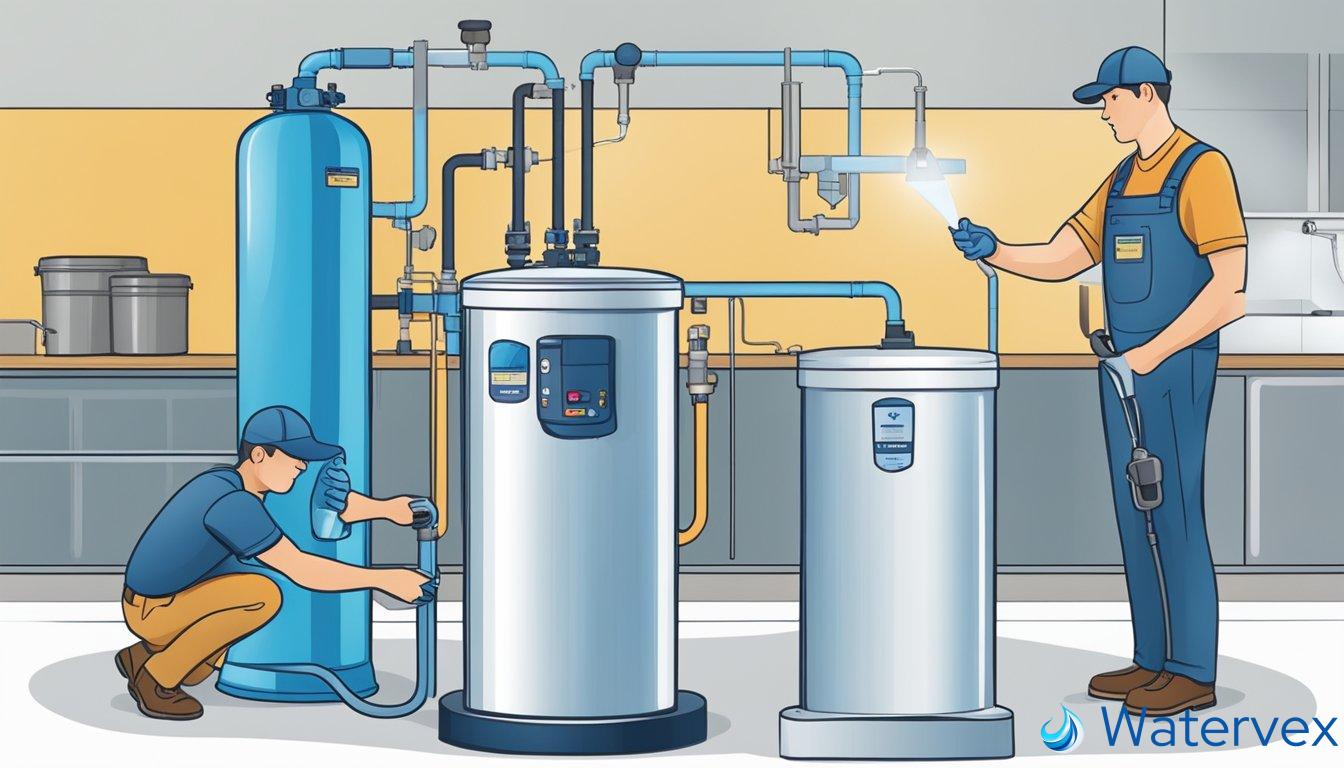When tackling the question of whether water softeners have filters, it’s important to understand the distinctions between water softening and water filtration processes. A water softener’s primary function is to address water hardness, which is caused by minerals such as calcium and magnesium. This is typically achieved through a process known as ion exchange, which does not necessitate a filter to remove these minerals. If you notice that your skin feels irritated after a shower or there are white spots on your dishware, it’s likely due to hard water, and a water softener could be beneficial to your household.

However, while water softeners are superb at treating hardness, they’re not designed for removing other contaminants like chlorine, pesticides, or organic compounds. This is where additional filtration comes into play. For your health and the taste and safety of your drinking water, understanding what contaminants are in your water supply is critical when deciding if you should pair a filter with your water softener.
Key Takeaways
- Water softeners target hardness minerals through ion exchange, not through filtration.
- Additional filtration may be necessary to remove contaminants other than calcium and magnesium.
- Understanding water contents is crucial for maintaining water quality and protecting health.
Understanding Water Softeners
When confronting the challenge of hard water, water softeners are the go-to solution for many households. Their purpose is straightforward: to remove calcium, magnesium, and other minerals that cause water hardness.
Do Water Softeners Come Equipped with Filtration Components?
Traditional water softeners operate on an ion exchange process, where the incoming hard water passes through a tank containing resin beads. These beads are charged with sodium ions, and as the hard water flows through, calcium and magnesium ions—which are the culprits behind hardness—swap places with the sodium ions, effectively softening the water.
While water softeners are expertly designed to tackle hard water, they typically do not have built-in filters to remove other types of contaminants like sediment or chlorine. Their primary focus is on ion exchange, where hardness minerals are replaced with sodium or potassium ions. To precisely target and trap these ions, it’s the resin inside the tank that does the heavy lifting, not a filter.
Nevertheless, for homes that have additional concerns about water purity—such as the presence of particulates or other contaminants—an external sediment filter can be used in conjunction with a softener. These filters will handle unwanted particles before the water reaches the softener, ensuring the resin remains effective and the softener’s efficiency is not compromised.
In essence, if you’re looking to specifically remove minerals that cause hardness, water softeners without additional filters will fulfill that need adeptly. For broader filtration serving different purposes, separate filtration components are advisable to accompany your water softening system.
Contaminants and Water Softeners

When considering water softeners, it’s essential to understand which contaminants they can manage and whether an additional filtration system might be necessary for your home’s water supply.
What Types of Contaminants Can Water Softeners Address?
Water softeners excel at mitigating problems caused by minerals like calcium and magnesium, which contribute to water hardness. These systems operate on a simple principle called ion exchange. Here, sodium ions replace the minerals that cause hardness, effectively softening the water. Surprisingly, this process also indirectly affects the presence of iron, especially in models designed for high iron removal. However, while water softeners are efficient for handling those specific issues, they are not designed to filter out sediment, chlorine, bacteria, or harmful contaminants like lead.
Are Additional Filtration Systems Necessary With Water Softeners?
If your primary concern involves non-mineral contaminants, such as chlorine, sediment, or bacteria, a dedicated filtration system is often required. Filtration units employ various technologies, each targeting specific contaminants. For instance, sediment filters capture visible particles, activated carbon filters reduce chlorine and organic compounds, and reverse osmosis systems can remove an impressive spectrum, including lead and some bacteria. Therefore, when you want to protect your family against a broader range of potential water pollutants, combining a water softener with a filtration system is a proactive step.
Remember, addressing contaminants in your water is not just about preventing scale buildup or extending appliance life—it’s about ensuring the safety and quality of the water you and your family use daily.
Water Softener Maintenance and Benefits

Maintaining your water softener is essential for ensuring it operates effectively and prolongs its lifespan. While these systems typically do not contain filters for the softening process itself—since they use ion exchange involving salt to remove minerals like calcium and magnesium—some models come with a pre-filter. This helps prevent large particles from entering the system.
Regular maintenance tasks include:
- Checking and replenishing salt levels
- Cleaning the salt tank
- Replacing the pre-filter if your system has one
- Flushing the resin beads with a specially designed cleaner
A well-maintained water softener can prevent scale buildup in your pipes and appliances. This not only safeguards your home’s plumbing but also improves the efficiency of appliances, potentially saving you money on energy bills. Plus, soft water enhances the performance and longevity of your water-using appliances.
Besides the operational benefits, treating your water to remove hardness can improve the taste of your drinking water and contribute to a safer home environment. While a water softener isn’t a filtration system like reverse osmosis, it is part of a comprehensive approach to water treatment that can be paired with a water filter for drinking water, ensuring your family’s water is soft and clean.
By following a simple routine, you can typically maintain your water softener yourself, without needing costly professional services. Your efforts in maintaining the system mean clearer water and a happier home. Remember, always verify the manufacturer’s recommendations specific to your model to ensure proper care.

